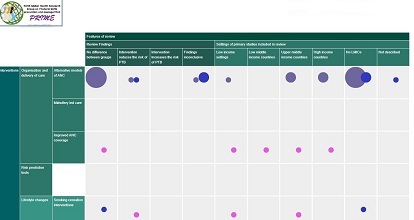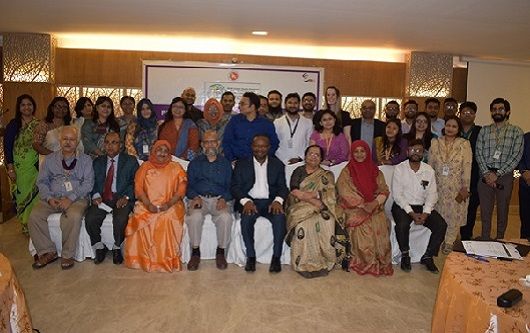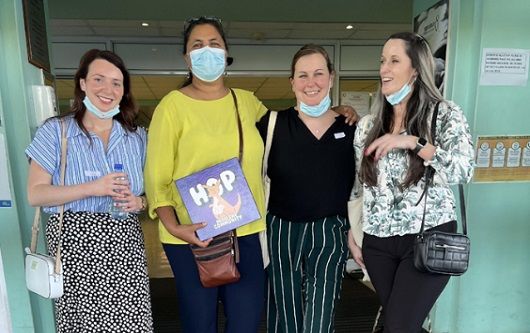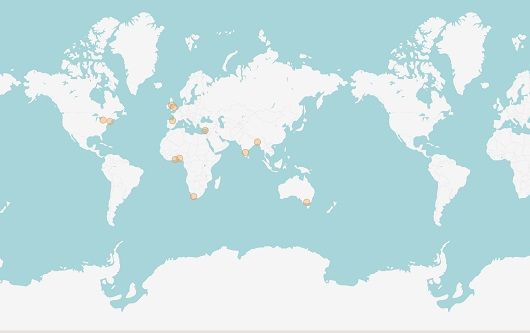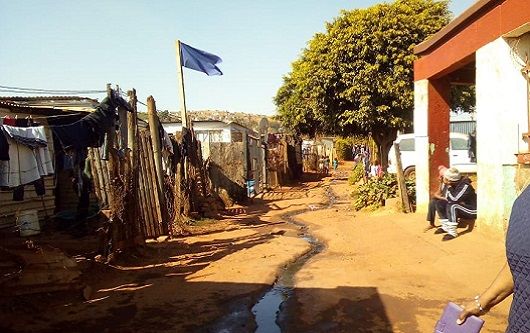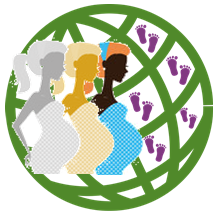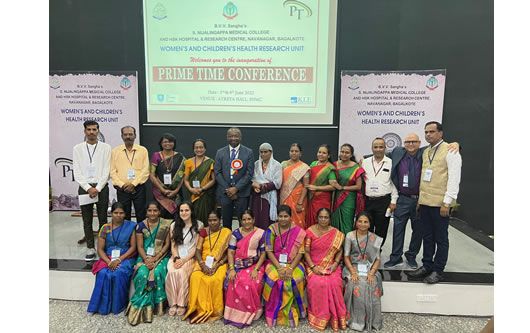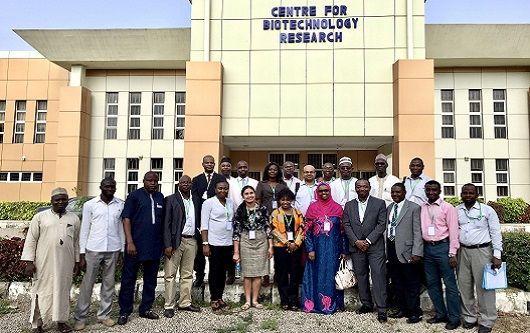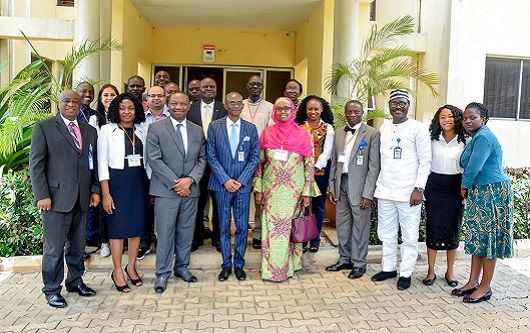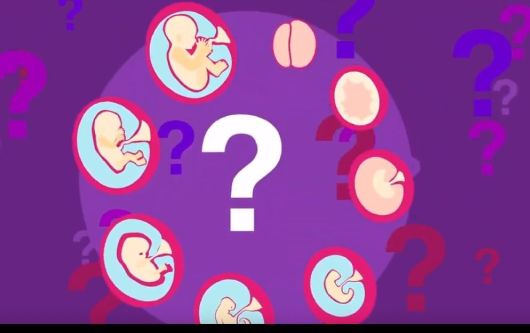PRIME investigators with the Karnataka school teachers who collaborated to deliver the Modular Nutrition Education Training to adolescent boys and girls
Background
Adolescence is a special life-stage with not only increased nutritional demands, but also a phase with tremendous mental and emotional upheavals. It is also a very important window of opportunity where special focus can be placed on improvement of the health status of adolescents before they step into adulthood with its inherent demands. Despite the existence and implementation of several well-conceptualized government and non-government initiatives in India, nutritional issues continue to be prevalent, with a very gradual improvement in some coverage statistics/ health indices, and none in others.
Few studies have focused on the perspective of targeted beneficiaries regarding the challenges or barriers in access to existing nutrition interventions. This study sought to do the same.
The overarching aim of the study was to develop context-relevant approaches to improve nutrition during adolescence, including adolescent pregnancy, in order to improve adolescent health and birth outcomes in an LMIC setting.
The objectives of this study were:
- To employ qualitative research methods to understand factors that influence adolescents’ access to and use of nutrition interventions, including services, information and advice.
- To work with community and stakeholders to develop a “theory of change” for improved adolescent nutrition prior to, during, and after pregnancy for implementable interventions, and develop a nutrition information intervention package or plan to improve adolescent access to nutrition services, information and/or advice.
- Implement a pilot nutrition intervention package or plan to improve adolescent access to nutrition services, information and/or advice and document the process to make recommendations for potential scale-up strategies.
Summary of the work done
The collaborating institute in the UK was the University of Sheffield, UK. The 4 participating institutes in Karnataka, India were S Nijalingappa Medical College and HSK Hospital and Research Centre, Bagalkot (SNMC), KLE Academy for Higher Education and Research’s Jawaharlal Nehru Medical College, Belagavi (JNMC), Model Rural Health Research Unit, Sirwar (MRHRU) and Raichur Institute of Medical Sciences, Raichur (RIMS).
Qualitative research methods were employed in select areas of three districts in Karnataka (Bagalkot, Belagavi, Raichur) to gain insights into barriers and facilitators to good adolescent nutrition. The stakeholders who participated in the interviews and group discussions were adolescents (pregnant/ lactating and never-pregnant), their family members, community leaders, school teachers, health care personnel including the RCH officer, CDPO, Medical Officer, Male health worker, ANM, ASHA and AWW. A total of 70 interviews and Focus group discussions were conducted. Data were analysed and results obtained.
Several factors were identified, which could be responsible for the prevalent poor nutrition and underutilization of available programs/ schemes. It was also found that lack of awareness amongst adolescents could be a key factor responsible for the poor nutrition observed in them. On this basis, with the inputs of the community and the school teachers, a simple school-based intervention was co-developed. The main topic covered in this intervention was iron deficiency Anemia, with other nutritional and life-style habits also stressed upon. The subject matter covered in the intervention was predominantly based on information and resources available on the Anemia Mukt Bharat and National Institute of Nutrition, India websites. This intervention was designed to be delivered as weekly classroom sessions of half an hour over 7 weeks at three schools (one in each district where the interviews were originally carried out) by the school teachers themselves. The students of grade 6 and 7 (11-13 year old girls and boys) were the focus of the intervention.
The teachers (total 11 in number) were provided training centrally for a day at SNMC, Bagalkot, before the start of the intervention. After the start of the intervention, weekly online refresher training sessions were conducted till the intervention was concluded.
The Teaching-Learning (T-L) aids were developed keeping in mind that the potential beneficiaries were children, who would prefer more of colourful, pictorial depiction and less of text. The T-L aids were in the form of books in the local language, wall posters, hand held cards and actual food stuff. The teachers also had a handbook which had more detailed coverage of the topics so as to be able to address any additional queries from the students.
The intervention included 455 consenting students across the three schools. Pre and post-intervention tests were conducted. Interviews were done with student groups and participating teachers at the end of the intervention to gauge their perception of the intervention itself, and gain insights into barriers and enablers for scale-up.
The comparison of pre and post intervention scores showed a significant improvement in knowledge regarding the topics covered. The interviews revealed that the intervention was acceptable to the participants, with some suggestions for modification for improved impact.
At least two manuscripts are planned to highlight our work and findings. One is currently submitted to the journal and the other is being written. Our work was also disseminated during a close out conference at SNMC, Bagalkot in the month of June 2022 and another such event is planned at JNMC, Belagavi in the month of November 2022.
Scope of translation
The school-based intervention, incorporating the suggested modifications, could potentially be scaled-up across all schools to improve adolescent awareness of nutrition and anemia with a potential to contribute to improved adolescent and pregnancy nutrition in the long run.
Other methods of addressing the barriers to adolescent nutrition could be developed, based on the insights we have gained through the interviews and focus group discussions with the adolescents and other stakeholders.

